In this article, we dive deep into the most significant digital marketing trends of 2024 and how you can leverage them for your business.
As we step into 2024, digital marketing continues to evolve at a dizzying pace. For businesses and marketers, staying ahead of the curve is not just an advantage; it's a necessity.
The rapid advancements in technology, changes in consumer behaviour, and the ever-shifting social media algorithms demand a proactive and informed approach to digital marketing strategies.
This year, we're witnessing several key trends that are reshaping how brands connect with their audience online.
General trends in digital marketing for 2024
As we dive into the specifics of digital marketing trends for 2024, it's crucial to understand the general shifts that are influencing strategies and tactics across the board.
This year, two major trends are taking centre stage: the evolving use of data for targeting and personalisation, and the rise of hyper-personalised advertising.
First-party and zero-party data: the new norm
In the wake of privacy regulations and the gradual phasing out of third-party cookies, marketers are increasingly turning towards first-party and zero-party data.
First-party data and zero-party data are becoming the gold standards in data-driven marketing.
What is first-party data? First-party data is collected with consent directly from interactions with prospects or customers on your own channels, like your website or mobile apps. Examples of first-party data include web activity, demographic data, purchase history, email, sales interactions, call centre calls, customer feedback and behavioural data.
What is zero-party data? Zero-party data, also called zero data, refers to customer information that is intentionally and proactively shared with brands, usually through surveys, forms or preference centres. Examples of zero-party data include preferences and interests, purchase intentions, feedback and opinions, personal information, and participation in events.
This shift represents a significant change in how marketers approach data collection and use. Businesses are now focusing on building trust with customers, encouraging them to share their information directly.
This trend underlines the importance of transparency and value exchange - customers are more likely to share their data if they believe it will enhance their experience with a brand.
Hyper-personalisation in advertising: a consumer expectation
Gone are the days when generic ads were sufficient. According to Deloitte Digital, consumers are expecting hyper-personalised marketing. This expectation has given rise to hyper-personalisation in marketing and advertising.
By leveraging advanced analytics, AI, and the rich data gathered from first-party and zero-party sources, marketers can create highly individualised marketing messages.
Hyper-personalisation goes beyond basic demographics or behavioural data. It involves understanding the customer's preferences, interests, and even current emotional state to deliver content that is not just appealing but also timely and contextually relevant.
This level of personalisation drives higher engagement, boosts customer loyalty, and enhances overall marketing effectiveness.
Adapting to the evolving platforms of 2024
In 2024, digital marketing channels continue to evolve, offering new and innovative ways to reach and engage audiences.
This year, several key updates across various platforms are shaping the way brands connect with their customers.
From social media enhancements to the rise of targeted advertising technologies, these updates are pivotal for marketers looking to stay ahead in the digital realm.
Instagram's Reminder Ads enhance engagement
Available in the business manager since October 2023, Reminder Ads are a type of Instagram ad that allows businesses to promote events, products, or launches they want users to remember.
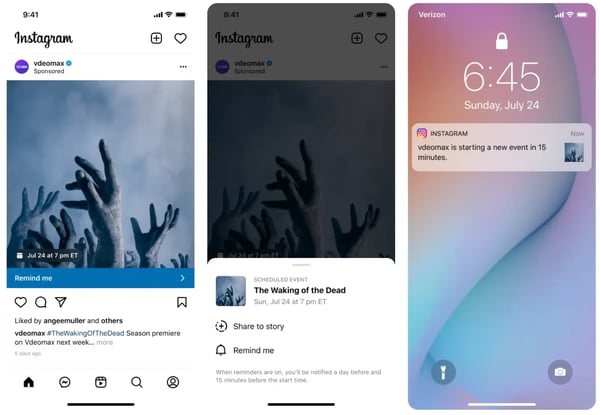
Image Source: Instagram
These ads appear in the Instagram feed and Stories and feature a "Remind Me" call-to-action button. When a user clicks on the "Remind Me" button, they receive a notification on the day of the event or launch.
These reminder ads can be done through a post or a reel.
This feature is a game-changer for marketers, offering a direct way to keep their audience engaged and informed.
By setting reminders, brands can increase anticipation and ensure higher participation or response rates for their events or product releases.
Meta's introduction of Threads opened a new avenue for digital communication
Meta's latest feature, Threads, allows for more intimate and engaging conversations between brands and their audience.
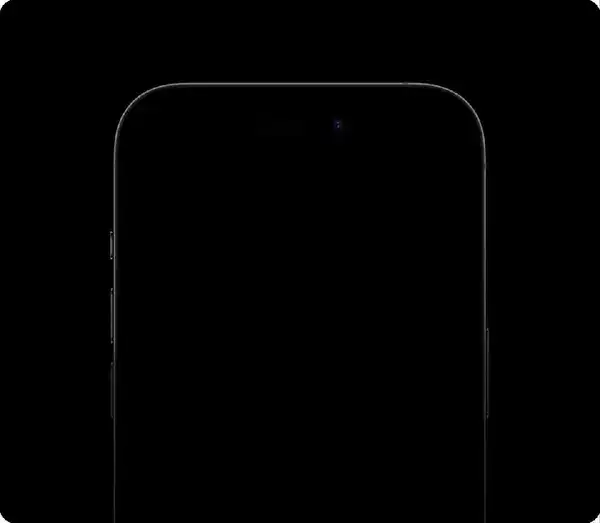
Image Source: Facebook
You log in using your Instagram account and posts can be up to 500 characters long and include links, photos, and videos up to 5 minutes in length.
Threads provide a unique opportunity for businesses to create deeper connections with their customers by fostering community-driven discussions and more personalised interactions.
The power of platforms like Locala to target locations:
Platforms like Locala enable businesses to leverage localisation targeting to reach their target audience with highly relevant and effective marketing campaigns.
The platform can integrate with various data sources to identify users' physical locations. Using the collected geolocation data, the system can enable businesses to create highly granular audience segments based on various location criteria.
These platforms have omnichannel capabilities to ensure that localisation targeting strategies work seamlessly across various digital advertising channels.
This form of hyper-targeted marketing is especially effective for businesses with physical storefronts or those looking to tap into specific local markets.
Nano-influencers vs. macro-influencers: authenticity and engagement
The influencer marketing landscape is seeing a shift towards nano-influencers.
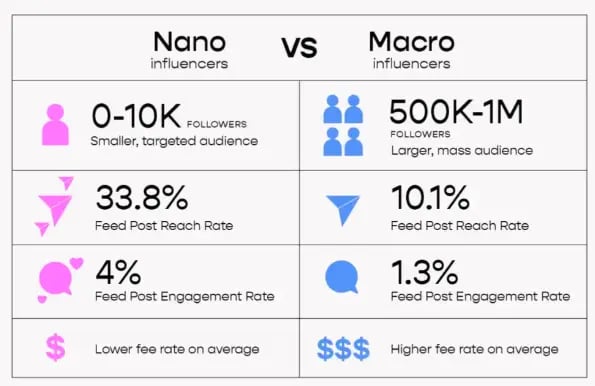
Image Source: LinkedIn Pulse
In addition to the size of their audience, nano- and macro-influencers differ in several other ways:
- Authenticity: Nano-influencers are often seen as more authentic than macro-influencers because they are typically more relatable and have a closer connection with their followers.
- Engagement: Nano-influencers have higher engagement rates because their followers are more likely to be interested in their content and interact with it.
- Cost-effectiveness: Nano-influencers are more cost-effective because they will share posts for a lower budget or even for free.
Brands are increasingly leveraging these influencers for their ability to foster genuine connections and trust with their followers.
Weather Ads: The weather activation platform
Weather-based advertising is becoming a significant trend, with platforms like WeatherAds enabling brands to trigger ads based on weather conditions.
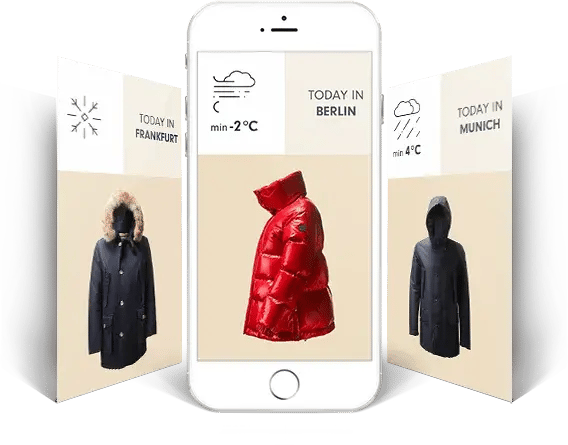
Image Source: WeatherAds
Weather ads can be deployed across various digital channels, including websites, mobile apps, and social media.
Advertisers leverage weather data services to identify specific weather conditions, such as rain, sunshine, and temperature fluctuations, and then create customised ad campaigns tailored to those conditions.
This innovative approach allows for highly contextual and timely marketing, tapping into the consumers' current environment and needs.
The continuous rise of Connected TV
Connected TV (CTV) advertising is on the rise, with more consumers turning to streaming services for entertainment.
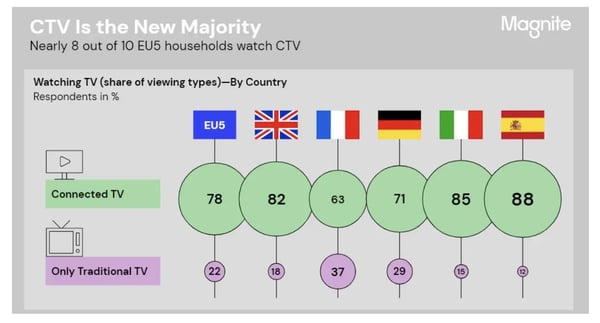
Image Source: Magnite
Referring to video advertisements delivered to viewers via internet-connected devices, this shift opens up new avenues for advertisers to reach audiences through a more engaging and interactive format.
Benefits of CTV advertising include:
- CTV brings precision with Audience-Based Targeting
- CTV is a cookie-less environment
- CTV is also 100% in-view placement by nature as it’s full-screen.
- CTV campaigns, by nature of the environment, will deliver 100% in-view and between 90-100% completion rates.
- Projections on targeting are available based on actual data, not CIM or statistical estimates.
It allows ads to go from mobile to desktop, to TV in a technically omnipresent advertising environment. These retargeting opportunities take it to another level.
CTV ads, due to their high-quality and immersive experience, offer a unique opportunity for brands to connect with viewers in a more impactful way.
Technical advancements shaping digital marketing in 2024
New technical advancements are significantly influencing digital marketing strategies.
Two key areas where technology is making a notable impact are in the realms of search engine optimisation and the measurement of ad effectiveness.
Adapting to how consumers search with voice search SEO optimisation
One of the most significant technical trends this year is the rise of voice search. As more consumers use voice assistants for internet searches, optimising for voice search SEO has become imperative.
.webp?width=600&height=581&name=Number%20of%20Digital%20Voice%20Assistants%20in%20Use%20Worldwide%20from%202019%20to%202024%20(in%20Billions).webp)
Image Source: Semrush
This involves understanding the nuances of how voice searches differ from traditional text searches. Voice searches tend to be more conversational, longer, and often phrased as questions.
Adapting to this trend means focusing on natural language processing, targeting long-tail keywords, and providing concise, direct answers to potential queries.
It's about ensuring your content is easily discoverable and understandable by voice search algorithms, which increasingly influence traffic and engagement.
Optimising for voice search not only enhances visibility in voice search results but also contributes to the overall SEO of your website, potentially improving its search engine rankings.
Attention metrics emerge as a new way to measure ad impact
Another key technical update in the digital marketing sphere is the emergence of attention metrics. Traditional metrics like clicks and impressions are no longer sufficient to gauge the true impact of digital ads.
Attention metrics provide deeper insights into how users interact with ads, measuring factors like:
- View rate: occurrence rate of the ads seen by a user
- Eyes-on dwell time: Average seconds the users looked at the ad
- APM: Average seconds of attention per 1000 impressions (new CPM)
These metrics offer a more nuanced understanding of ad effectiveness, helping marketers optimise their campaigns for actual consumer attention rather than just surface-level interactions.
By focusing on attention metrics, brands can assess and calculate the impact of ATL campaigns or A/B test creative in awareness campaigns.
Evolving strategies for audience engagement in 2024
The way content is created and consumed in the digital marketing sphere is evolving rapidly.
This year, two key content trends are standing out: the increasing prevalence of shorter video ads and the rising importance of user-generated content in ad campaigns.
These trends are reshaping how brands communicate with their audiences and offering new pathways for deeper engagement and authenticity.
Capturing attention quickly with shorter video ads
In an age where attention spans are shorter, with over 25% of adults admitting they would stop watching a video within the first 10 seconds, the trend towards shorter video ads has become more pronounced.
Brands are now focusing on creating video content that is not only engaging but also concise and to the point.
In general, shorter video ads tend to have higher completion rates and are more likely to be remembered by viewers.
This is because viewers are more likely to stick with a short ad than a long one, especially if they are watching it on a mobile device.
Additionally, shorter ads are more likely to get to the point quickly and make a strong impression.
On YouTube, brands are trending toward ultra-short, but incredibly engaging, ads to beat the dreaded “skip” button that appears after 6 seconds.
For marketers, this means rethinking video content strategies to prioritise brevity and impact. It's about delivering value and capturing interest rapidly, ensuring that key messages are communicated before the viewer moves on.
Leveraging user-generated content for authenticity and trust in ad campaigns
Another significant trend in 2024 is the integration of UGC into advertising campaigns. UGC, which includes content like photos, videos, blog posts, comments, and social media posts created by customers, is becoming a powerful tool for marketers.
This content is perceived as more authentic and trustworthy compared to traditional brand-created content, resonating strongly with audiences seeking genuine experiences.
In fact, user-generated photos are five times more likely to convert customers than non-user-generated content and seventy percent of people will consider UGC ratings before making a purchase, making it vital to incorporate this type of content as the creative in your ad campaigns.
Incorporating UGC into campaigns not only enhances credibility but also fosters a sense of community and connection between the brand and its audience.
It encourages customer participation and engagement, turning customers into brand advocates.
For brands, this means actively encouraging and curating customer content, and creatively integrating it into their marketing strategies.
How Huble can help you leverage these digital marketing trends
As we've explored throughout this article, the digital marketing landscape of 2024 is marked by significant trends and evolutions.
These trends represent both challenges and opportunities for businesses looking to make an impact in the digital realm. The key to success lies in understanding these trends and effectively integrating them into your marketing strategies.
This is where Huble comes in. At Huble, we specialise in marketing consultancy services that are tailored to help businesses like yours leverage these trends to set themselves apart from competitors.
Our team of experts is well-versed in the latest digital marketing strategies and technologies, and we're committed to helping you craft campaigns that not only reflect the current trends but also align perfectly with your brand's unique values and objectives.
Don't let the complexities of digital marketing in 2024 hold you back. Speak with our team at Huble to learn more about how we can help you harness these trends to your advantage.







.webp?width=600&height=581&name=Number%20of%20Digital%20Voice%20Assistants%20in%20Use%20Worldwide%20from%202019%20to%202024%20(in%20Billions).webp)



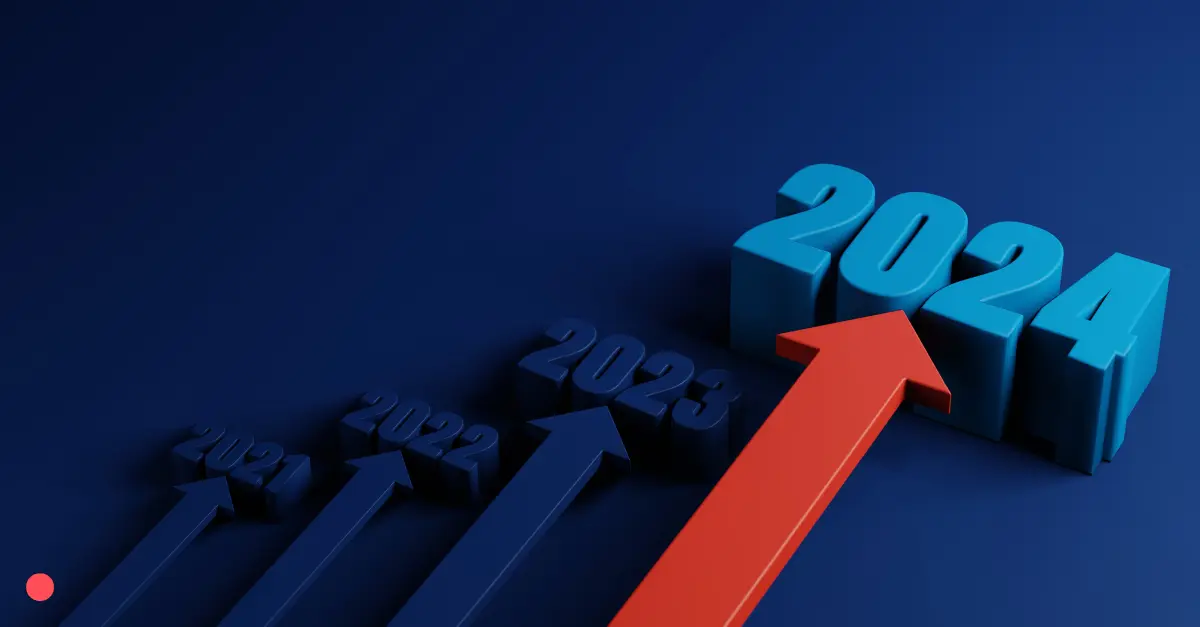

.png)





